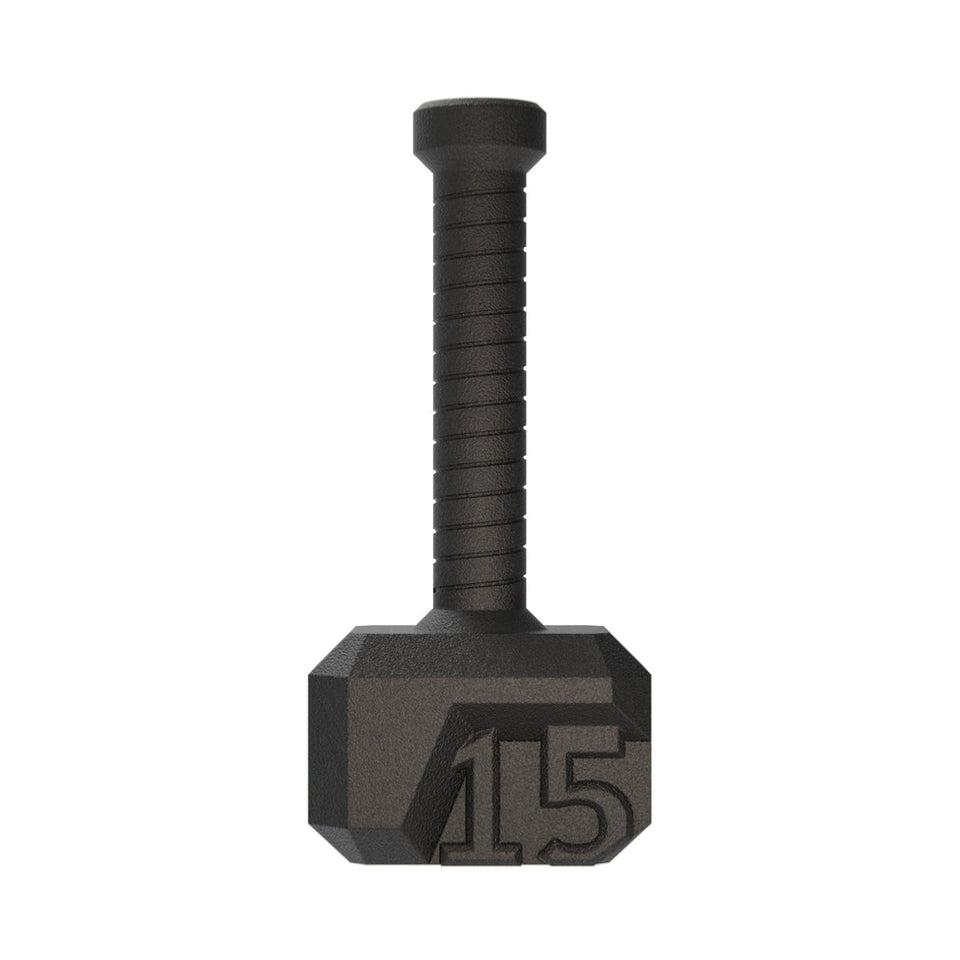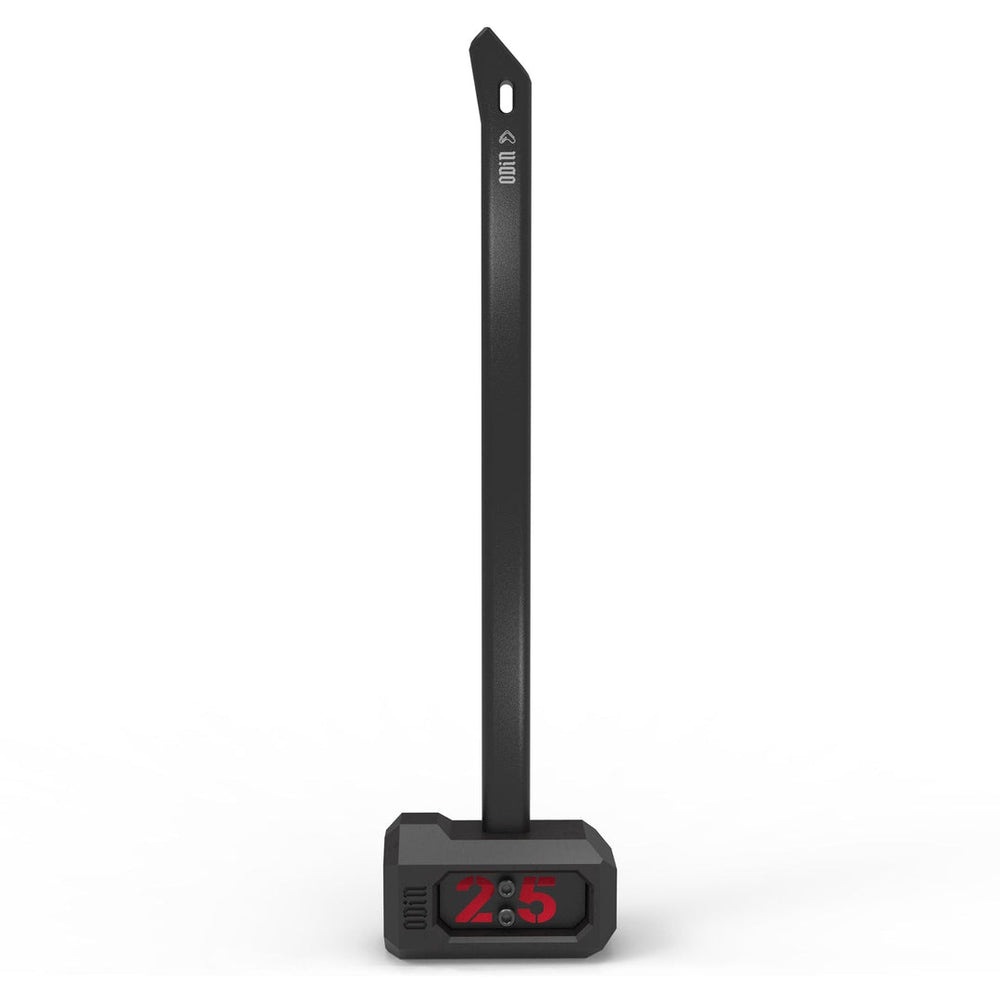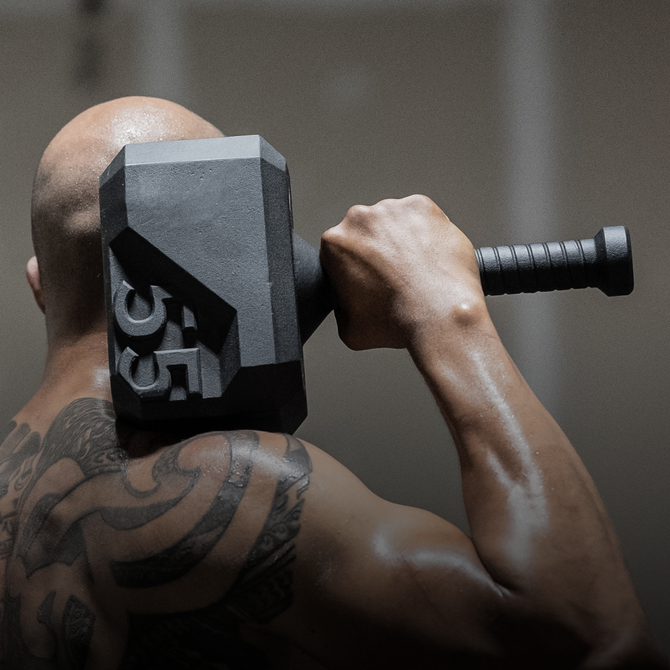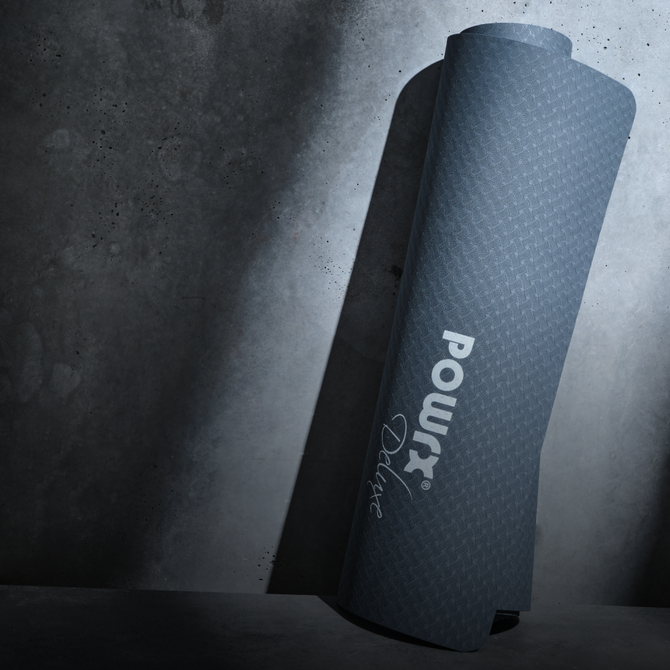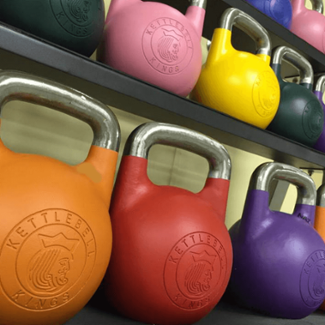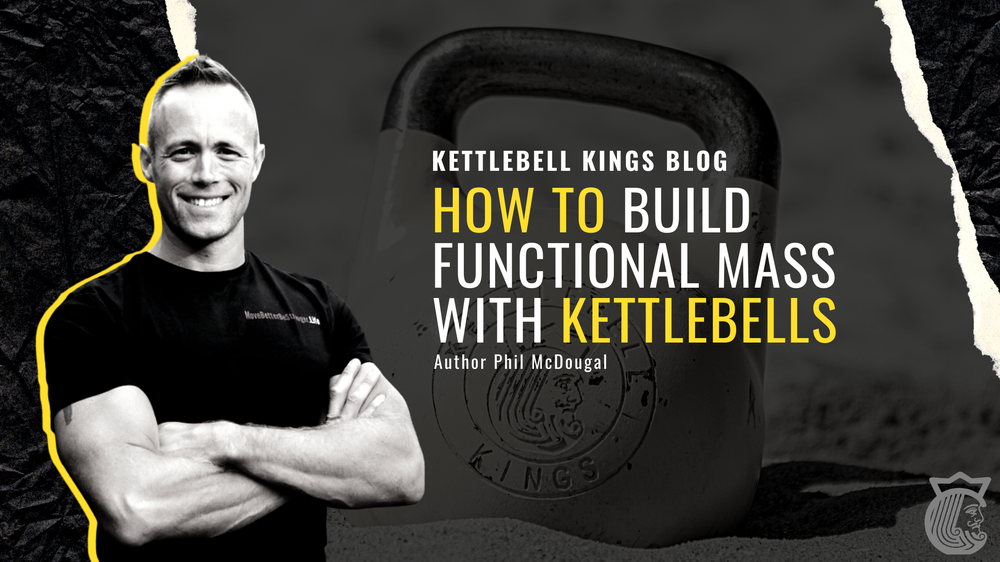By Scott Shetler:
One of the biggest misconceptions I hear among Brazilian Jiu Jitsu athletes, as well as other combat athletes, is that strength training is not important for improvement in the grappling arts. The idea is that all the focus should be on improving the tactical aspects of the art or sport itself and that technique will always trump strength. I don't understand this idea as it implies that it is recommended to train strength and exclude, or limit, technique practice. I don't understand why people feel it must be one or the other. The myth that strength training will make an athlete muscle-bound and slow persists. Thankfully this is changing.
The idea that strength is not important for grapplers and combat athletes never made sense to me. If strength didn't matter why bother having weight classes and gender divisions in the sport? If strength didn't matter why are so many combative athletes getting popped for anabolics and other performance enhancing drugs? If there are two athletes in the same weight class with the same level of skill but one utilizes a strength and conditioning program and the other doesn't, I will put my money on the stronger athlete any day of the week. Strength is incredibly important for grapplers and combat athletes, but it is just one of many crucial physical qualities. I consider strength to be a sort of “governor” on all the other abilities.

When strength levels are increased the athlete is capable of greater speed and power through increasing ground contact force, which interestingly improves speed for endurance athletes as well. In addition, building strength will strengthen bones, tendons, and ligaments making the athlete more resilient.
"I believe adding strength and conditioning into my BJJ training it is what helped me finally get over that hurdle to win worlds gold and then go on to take gold in pans and repeat that in nogi as well." -Chris Jones, Creighton BJJ brown belt, owner of Nucleus Brazilian Jiu Jitsu, 2017 Pans, Worlds, Nogi Pans and Nogi Worlds gold medalist. (pictured above)
Physical Qualities Required for Combat Athletes
Strength is a bit of a blanket term that encompasses a variety of velocities of movement. Maximum speed and power is at one end of the spectrum. Training for maximum speed and power would include movements like jumping, plyometrics, and throws done with bodyweight or very light weights and very high speed of movement.

In the middle part of this spectrum we have explosive strength and speed strength. Training for explosive strength and speed strength would include the lifting of submaximal weights, approximately 30-40% and 50-70% respectively, with maximal force production. At the other end of the spectrum we have maximum strength. Training for maximum strength includes the lifting of near maximum loads, usually 90% or greater, for increasing absolute strength. We also consider other forms of strength training such as isometric training, producing high levels of tension with no contraction of the muscle; strength endurance, lifting light weights for high repetitions to improve the endurance capacity of the muscle; and hypertrophy training, lifting of submaximal weights for repetitions to, or near, total muscle failure, for increasing the size of the muscle.
“Adding strength training to my training regimen helped my jiujitsu game become extremely more effective by adding functional strength behind my technique leading me to win more matches against tougher opponents.” -Logan Santos, Creighton BJJ purple belt, 2017 Nogi Worlds silver medalist (pictured above)
conditioning
One of the biggest buzz words I often hear regarding a grappler or fighter's physical preparation is their “cardio”. Cardio is a broad and very generic term used to reference an athlete's conditioning. What we really need to talk about is energy systems, the anaerobic (short term) energy systems and the aerobic (long term) energy system. In a nutshell, energy systems refer to the ways the body creates and uses energy. The anaerobic energy system tends to get a lot of focus due to a misconception perpetuated by the fitness industry over the past decade or so that has people scared to death of aerobic exercise. Most grapplers and fighters I've worked with have spent too much time doing anaerobic training and not enough time developing their aerobic system. Having a good aerobic base will lower your resting heart rate, allow you to train harder without gassing out, and improve your recovery. For combat athletes it is far better to rely on the aerobic energy system and spending some time developing a good aerobic capacity is simple and will pay dividends in training and performance.
BJJ athlete Ryan Ford uses kettlebells extensively as part of his strength and conditioning program
Mobility
When we talk about mobility we are referring to the degree of movement in our joints, or range of motion. There are two different types of range of mobility we focus on developing in training. Passive mobility and dynamic mobility. Passive mobility is when there is a static stretch of the muscle with the goal of releasing muscular tension. Another method I use in flexibility training is referred to as contract-relax stretching where after statically stretching a muscle it is contracted for a short period of time so that upon release the muscle stretches to a greater degree. Dynamic mobility is a form of exercise where we actively move are joints to increase range of motion and improve joint health.
All these physical qualities I briefly discussed, strength, conditioning, and mobility, can be considered general physical preparation, or GPP. The other component to a combat athlete's preparation is their specific physical preparation, or SPP. SPP would be all the technical and tactical training of the grappler or fighter, specifically their martial arts training.
As you can see there are many physical considerations that must be addressed to ensure optimal preparation is achieved for the athlete. Due to this I feel it is imperative that the GPP focuses on the concept of training economy, using methods and exercises that deliver the greatest results with the least time and energy investment. While the general physical preparation is crucial for the combat athlete it is essential that it enhances the specific training. Physical training should never inhibit an athlete's SPP.
One of the best tools a combat athlete can use is the kettlebell. Kettlebell training offers a great deal of benefit to the athlete and is the ultimate in training economy. Properly implementing kettlebells into the strength and conditioning of a combat athlete will allow them to train the anaerobic and aerobic energy systems and strengthen weak points such as the grip, shoulders and lower back. In addition, the high rep ballistic kettlebell exercises like the snatch and long cycle (clean and jerk) will enhance joint integrity and strengthen the connective tissues. Since many of the traditional kettlebell exercises lend themselves to higher repetitions in training, kettlebells are valuable tools for building muscular endurance. Muscular endurance is incredibly undervalued in the training of combat athletes, and as I discussed recently with my friend Ryan Ford on his Grappling Central Podcast show, the missing link between strength training and conditioning. We can build a tremendous aerobic capacity through cardiovascular training, but if we don't spend anytime training muscular endurance the muscles will fatigue very quickly. The way to prevent this is to make sure some of the strength training exercises are done for higher repetitions, and as I mentioned previously, when it comes to endurance kettlebells are hard to beat. This makes kettlebells the perfect addition to an athlete's strength and conditioning training.
I hope this article has shown the importance of strength training, as well as the other physical qualities required of the combat athlete. Implementing a proper strength and conditioning program is one of the best things as grappler or fighter can do to ensure they are performing at the highest possible level throughout their competitive career. Train hard, train smart, and when it comes time for battle be sure to show up with every possible weapon in your arsenal at your disposal!
I'd like to close this article with a quote from Ryan Ford. Ryan is the host of the Grappling Central Podcast and has been training with me for some time now. He and I regularly have discussions about the importance of a good strength and conditioning program for combat athletes and the impact it can have on their performance. This quote sums it up beautifully.
“Technique, leverage, balance, timing and weight distribution are all keys to using Jiu-Jitsu successfully. There is a mantra in Jiu-Jitsu which includes phrases like “technique over strength” and “efficiency over athleticism”. This is all true, especially when using Jiu-Jitsu against an untrained attacker. However, I have come to realize that there is certainly a tipping point when it comes to using Jiu-Jitsu against other competent practitioners. This is when we begin to see what we refer to as “the human chess match”. It is often quite simple to force an untrained person or a new grappler into positions where they will expend all their energy and leave themselves vulnerable to attacks. However, more seasoned practitioners of the art understand how to reserve their energy. This causes grappling exchanges between two competent practitioners to last significantly longer. It also requires more scrambling, baiting and outwitting your opponent to get through their defenses or cause them to expose themselves to an attack. When two grapplers are at a similar skill level, what often makes up the difference is conditioning. Who can scramble quicker and for a longer duration, who can make constant repeated attempts to set things up and who can dictate the pace of the exchange. When one grappler becomes fatigued physically, it often results in mental fatigue as well. When mental fatigue sets in, tactical mistakes are made. I have found that by adding strength training into my regimen, I have been able to build a level of muscular endurance that has made it easier for me to stay sharp while on the mats. Many Jiu-Jitsu practitioners turn up their nose at the suggestion of strength training. It doesn't, in their minds, fit into the mantra of what Jiu-Jitsu is. I have found that by adding strength training, it doesn't make my Jiu-Jitsu better, it simply makes the movements in Jiu-Jitsu easier to perform and less taxing on my energy supply. On top of that, I think it is important to understand that power doesn't replace technique, it simply enhances it. So why not be technical AND strong?” -Ryan Ford, Creighton BJJ purple belt, host of the Grappling Central Podcast

About the Author
Scott Shetler is the owner of Extreme Performance Training Systems in Atlanta, GA with 20 years of experience as a trainer and strength and conditioning professional. He trains a wide variety of clients and athletes including his fight crew athletes and offers remote training and consultation services through his online coaching program. He has authored numerous books on kettlebell training and strength and conditioning, has written for Fight! Magazine and Dubai-based Physique MMA Magazine and was selected to be the kettlebell training specialist for the TapouT Virtual Training Center (VTC). To learn more about his services visit his website at https://www.eptsgym.com .
Kettlebell Kings has the most highly & frequently reviewed kettlebells in the world. We have free shipping in the US & Canada ( www.kettlebellkings.com ), Europe ( www.kettlebellkings.eu ) and Australia ( www.kettlebellkings.com.au ). Check out our 4,000 reviews for quality and customer service here !

